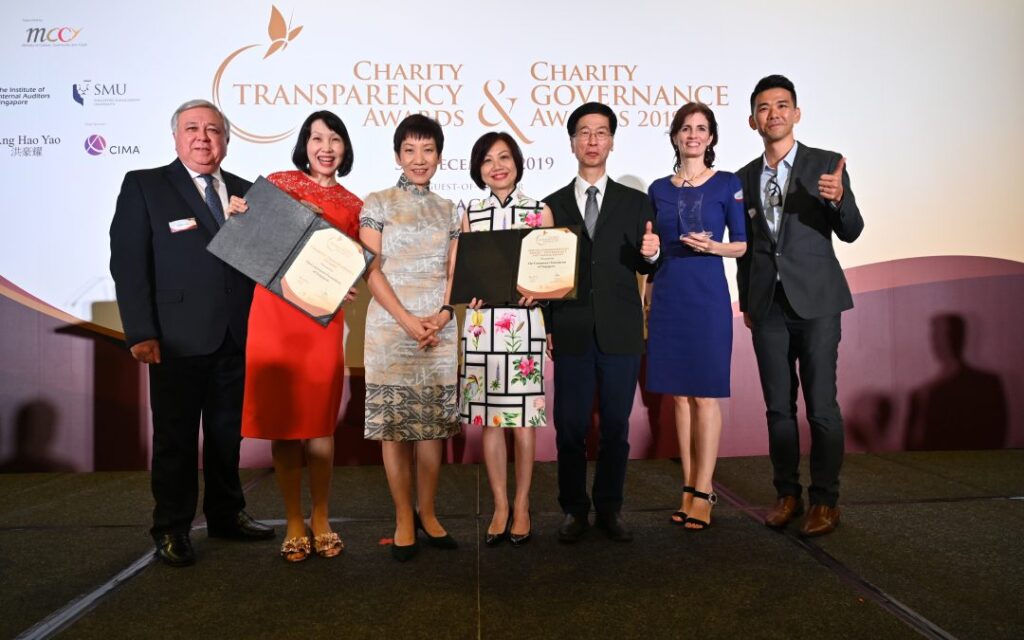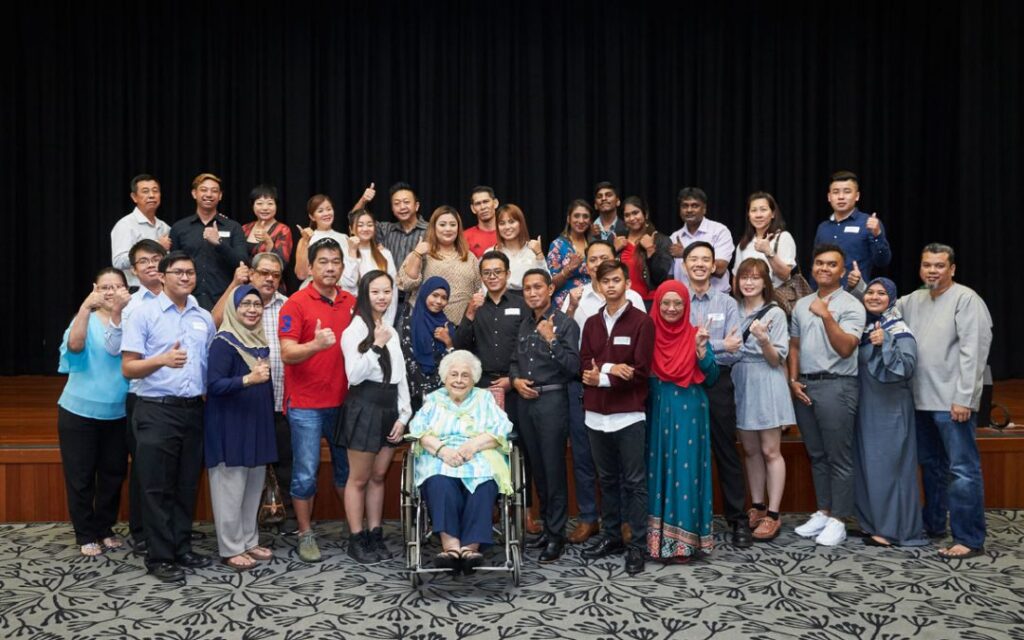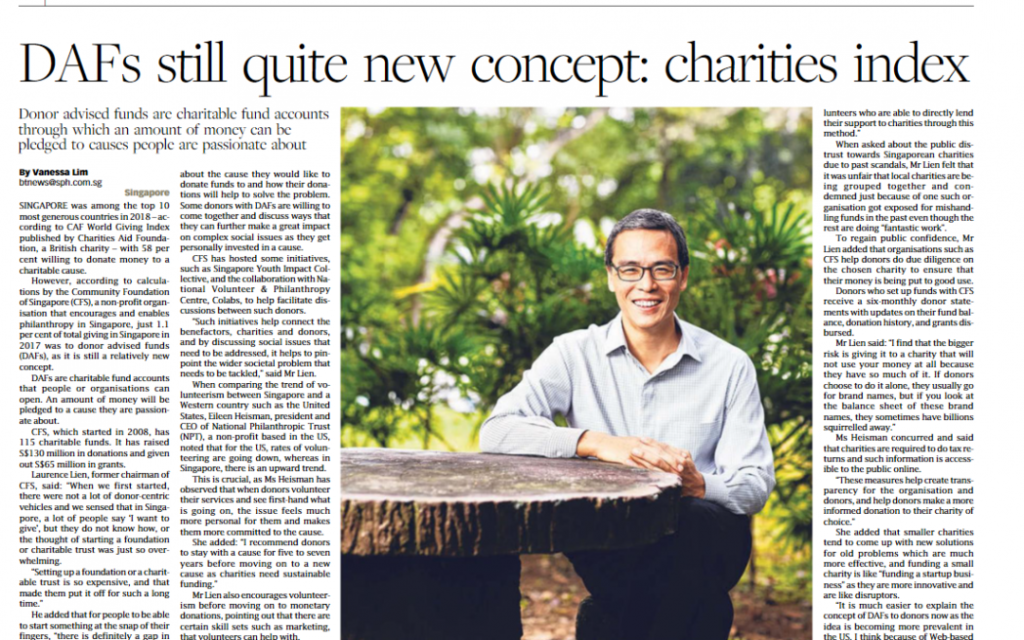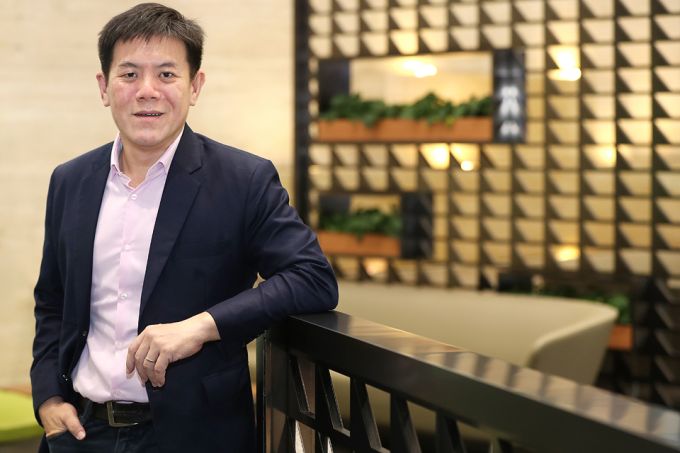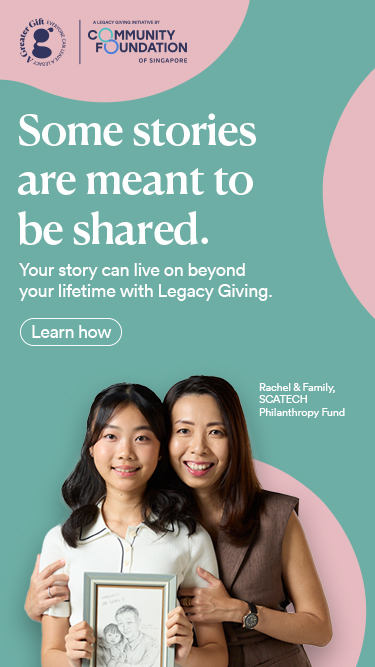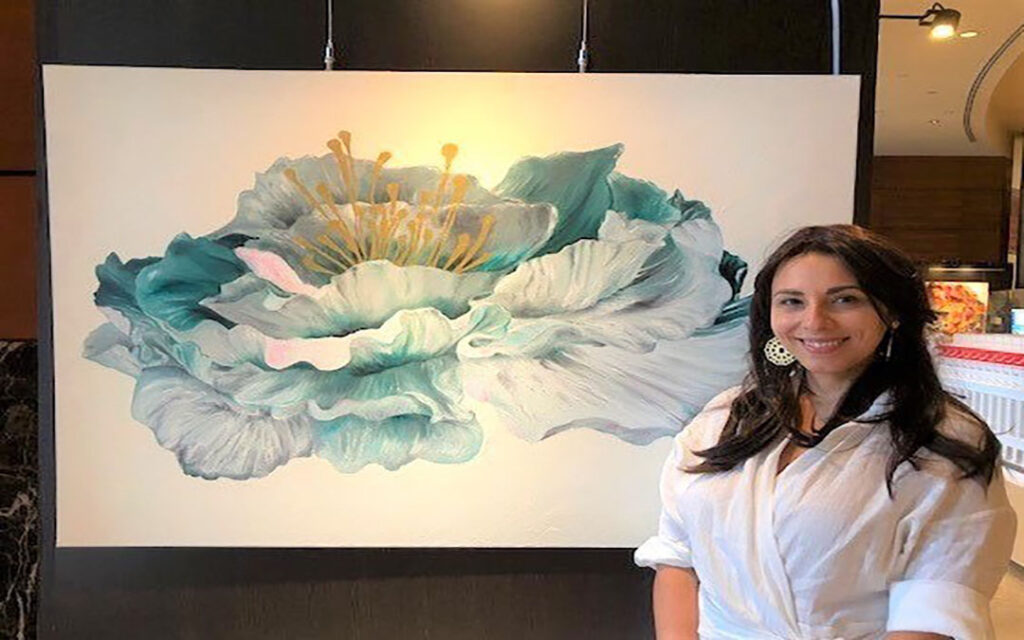
Giving back through art
When Lebanese painter Marie-jose Jed was looking to adopt a charity for her art exhibition, a chance conversation with a friend turned into an opportunity to collaborate with the Community Foundation of Singapore (CFS).Having lived in Singapore since 2008, Marie-jose believes in giving back to the place she now calls home. “Singapore has given me so much. The least I can do is to give back in any way I can,” she said.

